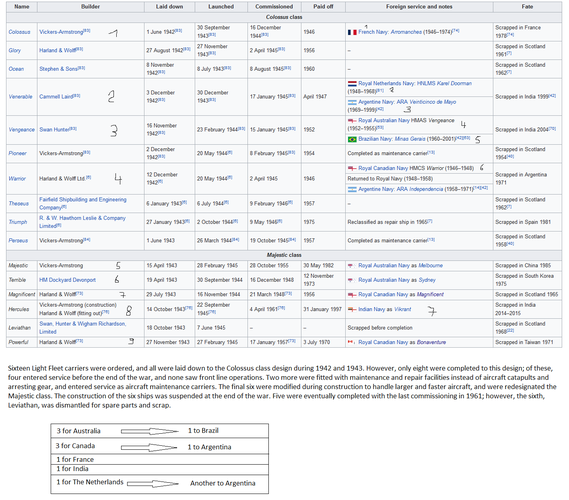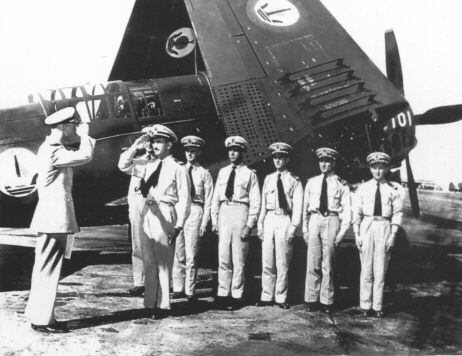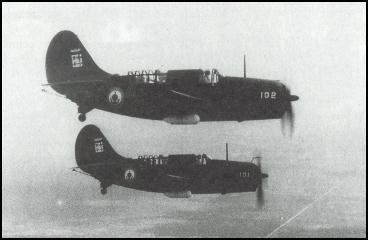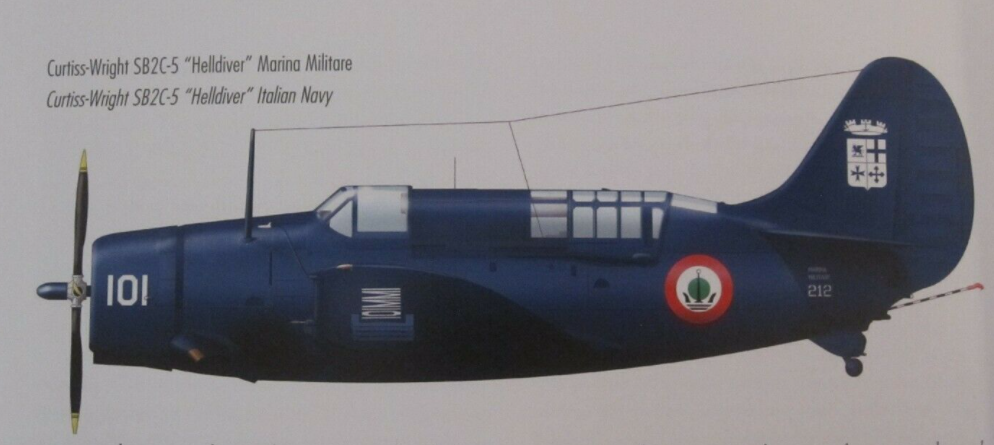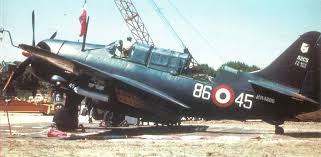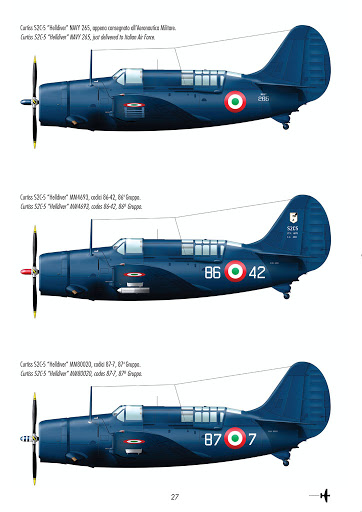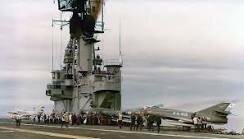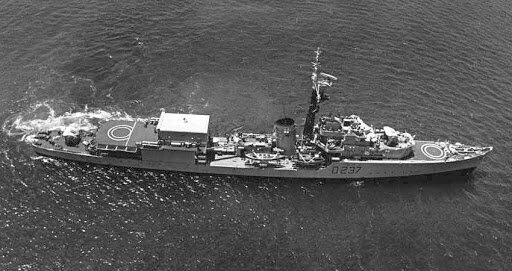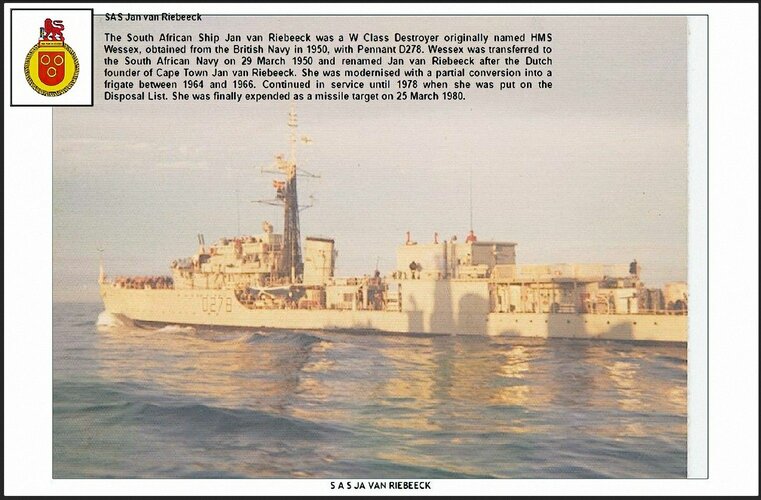In the late 1950s the RN is moving away from fixed wing AS aircraft (Gannet & Seamew) to helicopters. One thing I’m try to understand is why lose the longer range asset? I’ve read comments that for fixed wing aircraft their limiting factor became the number of sonobuoys they could carry to prosecute a fast submerged sub (radar of the time of little use in spotting periscopes/schnorkels etc and MAD being equally useless) having to lay out lines of them that need replaced every so often. I’ve still not found how many a Gannet could carry. If the fixed wing aircraft is ineffective why carry it? Why not leave the longer distance work (away from the task force) to the RAF and its much larger Shackleton with presumably greater sonobuoy load.
Fixed-wing lost its attraction due to aircraft size.
Seamew AS.1 weighed 9,795lb empty, MTOW 15,000lb
Gannet AS.1 weighed 15,000lb empty, MTOW 19,600lb
Seamew was a limited platform, as you say few sonobuoys and reliant on radar - fine for WW2 era diesel subs and even early snorters but rapidly obvious to be limited by the 1960s, especially as nuclear subs became a reality.
Helicopters were seen as better, the dipping-sonar was superior to reliance on sonobouys and the hunter-killer 'single package' was preferred. They were much lighter - in theory - so could operate from smaller escort carriers. They could also loiter and hover over submarines in a way aircraft couldn't.
NA.43 called for 9,000lb AUW
Trouble is the 'hunter-killer' Bristol 191 ballooned in weight from 10,600lb AUW to 18,000lb. That put it beyond the Colossus-class deck and lift strength. Even the Bell HSL asked for under MDAP weighed nearly 17,000lb gross with a 26,500lb MTOW. Only the Whirlwind could meet 9,000lb and was a hunter-killer pair (and a flop).
In reality ASW required specialist sensors and weapons and they were heavy, carrying them under a rotor couldn't defy physics, even if the Admiralty wanted them too. Slowly this improved with better electronics and gas turbines engines for better power-to-weight ratios.
The question regarding LR MR is interesting, but the RAF and RN were at loggerheads, the RAF feared RN takeover bids for Coastal Command and they taunted the Admirals with the pre-war Inskip Award that prevented them from operating fixed-wing armed aircraft from shore bases.
As to exports, its worth remembering the RN saw these carriers as commerce protectors, then H-Bombs come along and Strath Report says the UK doomed and will be wiped out in a day so need to worry about reinforcement convoys. So ships without use, apart from niche roles like Commando assault that doesn't need heavy choppers or aircraft.
For export nations, they saw these ships as a cheap means to enter the carrier club as fully fledged carriers with fighters and strike and ASW aircraft. Like turning up at a Ferrari race meet in a Fiat 500 Abarth...
Sadly the lack of suitable fighters rather limited export nation's choices if they couldn't get ex-USN stuff and/or the expertise or money to ask someone else to refit the carrier with new steam cats etc. like the Dutch did.

